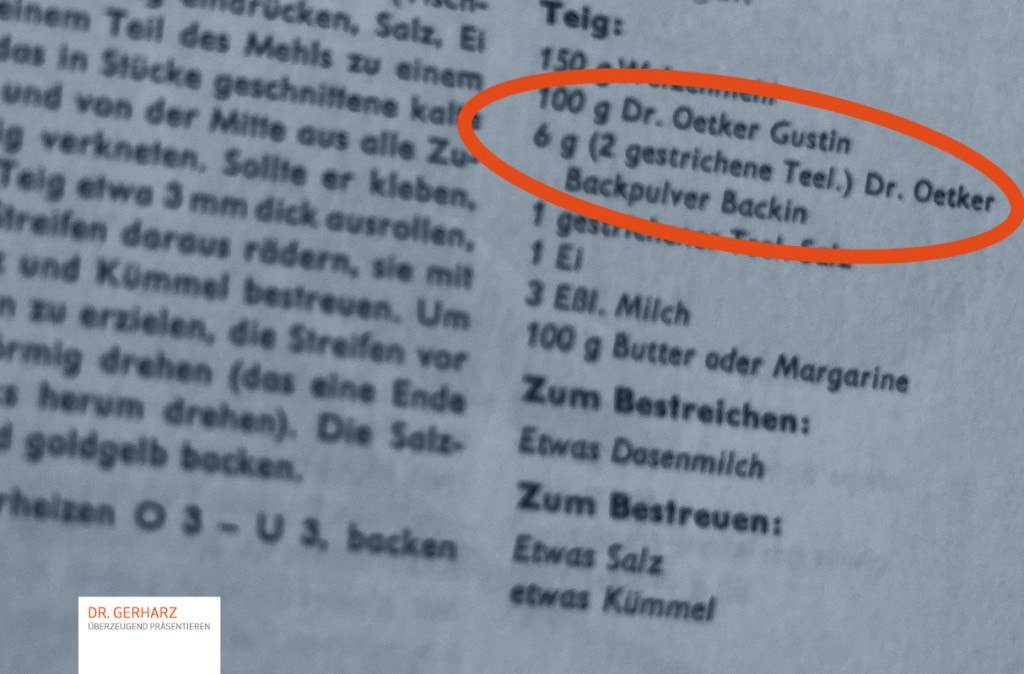The house is on fire
Think of a great book you enjoyed lately.
How did it begin? Mine started with a burning house.
Great authors know that once the reader is drawn into the story, there will be plenty of time to introduce all the details.
Great authors also know that when they fail to draw a reader into the story quickly, they will just put the book aside after a few pages.
Now think about the last presentation you listened to.
How did it begin? Mine started with the presenter introducing his CV … and it continued with milestones of his company’s history.
Not only didn’t he draw me into the story right from the beginning … he just never bothered to draw me in at all. He delivered all the details but never provided me with a single reason to care. He told me everything but failed to make me curious for anything.
Great stories draw me in because they make me care. They make me curious. They give me a reason to want to know what’s next.
Right from the very first sentence.
Once the audience is drawn into the story, they will want to know more. They will want to know all the details.
Regular presentations dump info. Great presentation make me care for the info. Regular presentation start somewhere. Great presentations start by making me curious.
How does your presentation begin?

